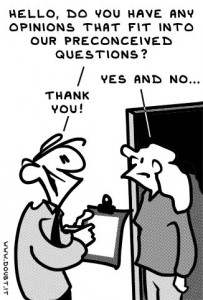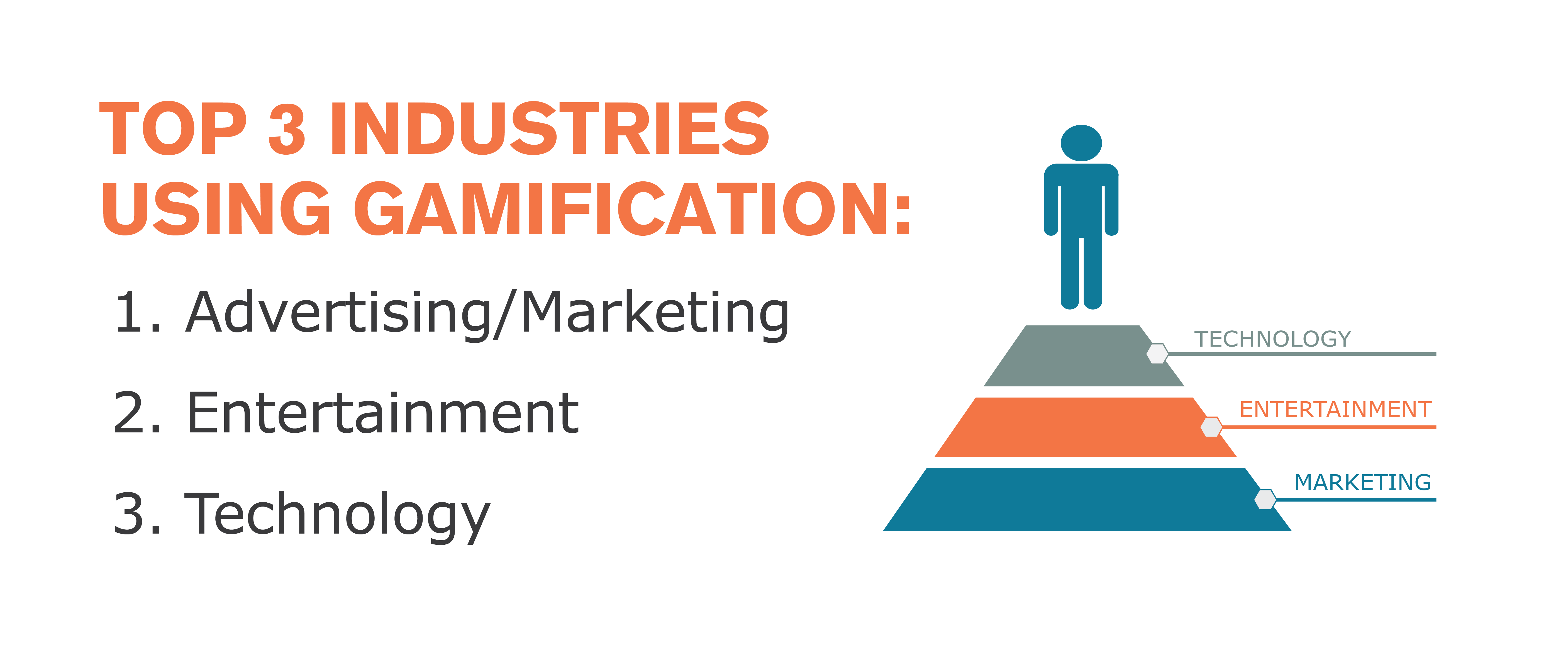Online surveys are an excellent strategy for gathering intel from your customers about a variety of factors concerning your business, ranging from your products or services to your website’s layout.
In order to reap the most benefits from your survey, however, you need to consider more than just your survey’s questions.
You also need to consider your survey’s design, including factors like its length, method, ease-of-use, and potential biases.
Save Question-Writing For Last
While you may be tempted to dive right into writing your survey’s questions, this should actually be one of the final steps of the process.
First, you need to solidify your survey’s purpose and articulate the goals of your research.
Then, you need to decide on your survey method.
Shaima Abdelmageed of Lumi Technologies

“Draw the layout of your questionnaire in pencil and then ask yourself these questions:
- Who is my target population? What is their literacy level, language, geographic location?
- What types of questions are you considering? Open-ended? Close-ended?
- Is there any bias issues related to this research?
- How long is the survey?
Answering these questions will help you find the right method. And only after you have your method secured can you ink your questionnaire.”
3 Types Of Survey Bias To Avoid
Creating a survey that’s 100% bias-free is a sizable challenge, seeing as both you, the survey’s creator, and your respondents are going to arrive armed with prejudices, personal experiences, and social conditioning.
Three common issues that often lead to survey bias include the following:
1. Social Desirability – Respondents often want to maintain a certain appearance. No one wants to look like they don’t know how to respond and no one wants to say anything that’s embarrassing or might be viewed negatively. As a result, respondents may adjust their responses to make them seem more appealing or acceptable.

2. Interviewer Distortion and Subversion – Interviewers can distort surveys in a number of ways, as can survey creators. They may avoid asking questions that make them uncomfortable or word questions in ways that are leading or seemingly indicate a “correct” response.
3. False Respondents – With online surveys, it’s difficult to know for sure who is responding to your questions. Respondents may not be who they say they are or they may answer on behalf of someone else.
Make Your Survey’s Length Justifiable
You can’t expect people to devote a big chunk of time to complete your surveys. It’s just not realistic.
If respondents see that your survey takes 45 minutes to complete, that’s going to be a major turn off, unless you can make it worth their while. And incentivizing respondents is no easy feat.
It’s usually easier to “reduce the number of questions per survey and invite your panelists to take more surveys,” says Abdelmageed.
Or, you can use gamification to introduce a social element to your surveys, thus making them more fun to take.

Marni Zapin of Rumble Research presents the following list of ways that you can gamify your surveys:
- “Leader boards
- Achievement badges or levels
- A progress bar to show how close respondents are to completion
- Avatars
- Virtual currency
- Respondent challenges
- Unique rewards.”
Think Like A Respondent
As the survey’s creator, you may think that everything about your survey makes sense and is perfectly doable.
However, you *might* be too close to your survey to see its potential flaws.

Have an impartial person (i.e. anyone who didn’t participate in the survey’s creation) take the survey to see if any issues jump out.
Your testers should also take the survey in real-world scenarios—for example, using their smartphones while on the go or using their tablets during R&R time.
What do you think about these tips for optimizing your survey’s design? What other advice can you share?




